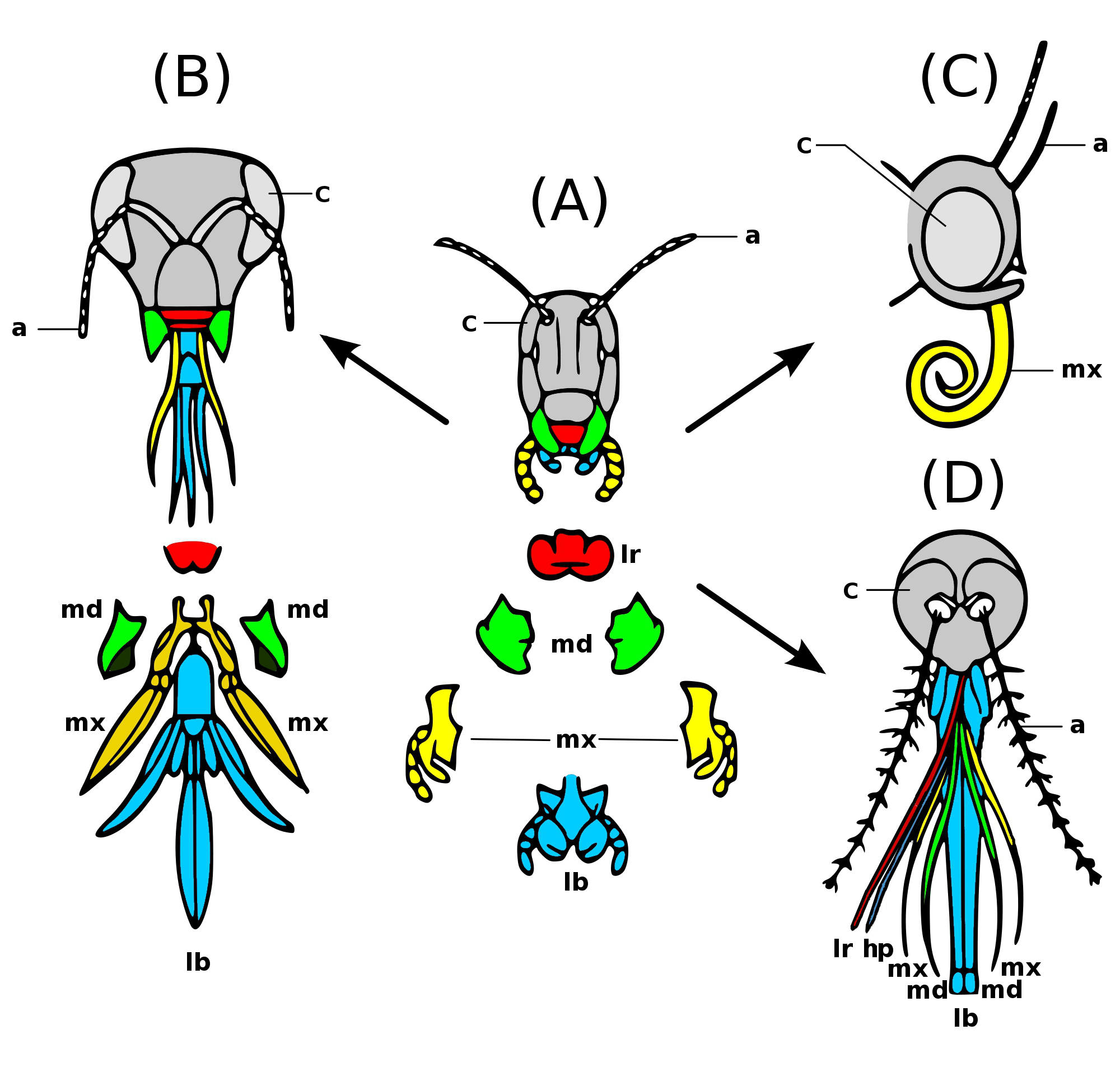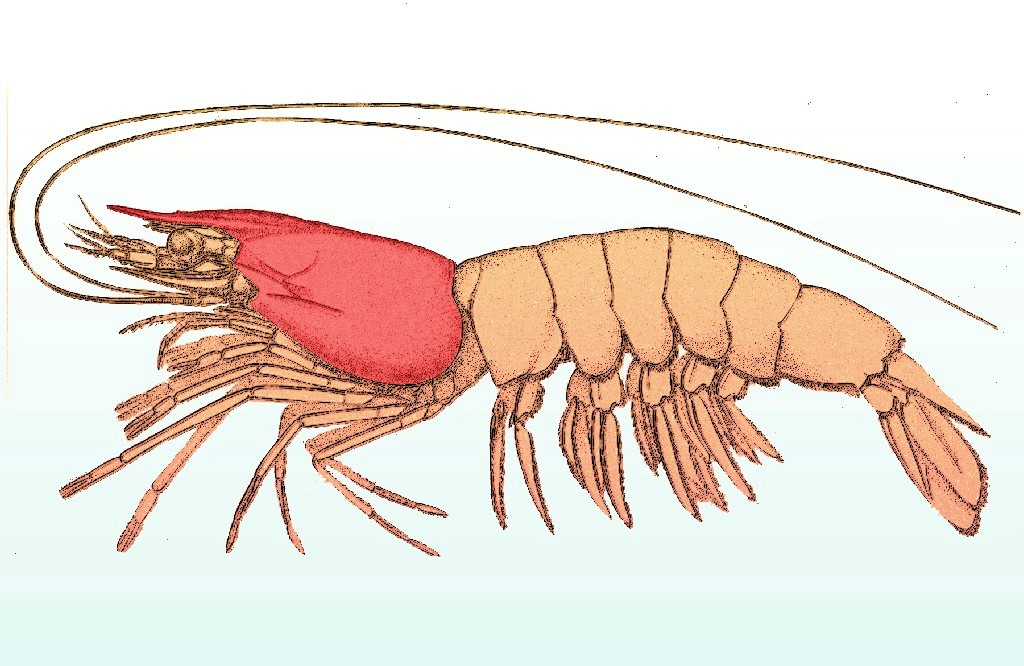|
Pranburia
''Pranburia'' is a monotypic genus of Southeast Asian ant mimicking corinnid sac spiders containing the single species, ''Pranburia mahannopi''. Christa L. Deeleman-Reinhold described the first male in 1993, and the first female in 2001. It has only been found in Thailand, Cambodia, Laos, and Malaysia. The species is named after Narong Mahannop, one of the collectors of the holotype, and the genus is named after the Pranburi Province, where the male holotype was collected. Description Males have a body length of about . The carapace is about long, is colored dark brown, and has several rows of white feathery setae. The head and back part of the opisthosoma also have several longer bristles. Their eyes span half the width of their head, both rows slightly procurved. The femurs are dark brown, while the other segments and middle legs are a solid shade of lighter brown. They have many of the same characters as members of '' Castianeira'', but can be distinguished by a posterior ... [...More Info...] [...Related Items...] OR: [Wikipedia] [Google] [Baidu] |
Corinnidae
Corinnidae is a family of araneomorph spiders, sometimes called corinnid sac spiders. The family, like other "clubionoid" families, has a confusing taxonomic history. Once it was a part of the large catch-all taxon Clubionidae, now very much smaller. The original members of the family are apparently similar only in that they have eight eyes arranged in two rows, conical anterior spinnerets that touch and are generally wandering predators that build silken retreats, or sacs, usually on plant terminals, between leaves, under bark or under rocks. In 2014, Martín Ramírez recognized the family in a restricted sense, including only the subfamilies Corinninae and Castianeirinae. Two former subfamilies of the Corinnidae are now treated as separate families, Phrurolithidae and Trachelidae. As now recognized, Corinnidae contains 71 genera and over 800 species worldwide. Among the common genera are ''Castianeira'' (nearly world wide) and ''Corinna'' (widespread). Members of the genus ... [...More Info...] [...Related Items...] OR: [Wikipedia] [Google] [Baidu] |
Christa L
{{disambiguation, surname ...
Christa may refer to: * Christa (given name), a female given name * Janusz Christa (1934-2008), Polish comics author * ''Swedish Fly Girls'', a 1971 film also known as ''Christa'' * 1015 Christa, an asteroid See also * Christ (other) * Christa-Elizabeth * Christe * Christi * Christo (other) * Christy (other) * Crista * Christia * Krista Krista is a female given name, a mostly North European (Finland, Estonia and Sweden) variant of the male name Christian. The name Krista can be spelled with a "Ch", making it Christa. It means "Follower of Christ". People named Krista *Krista Al ... [...More Info...] [...Related Items...] OR: [Wikipedia] [Google] [Baidu] |
Seta
In biology, setae (singular seta ; from the Latin word for "bristle") are any of a number of different bristle- or hair-like structures on living organisms. Animal setae Protostomes Annelid setae are stiff bristles present on the body. They help, for example, earthworms to attach to the surface and prevent backsliding during peristaltic motion. These hairs make it difficult to pull a worm straight from the ground. Setae in oligochaetes (a group including earthworms) are largely composed of chitin. They are classified according to the limb to which they are attached; for instance, notosetae are attached to notopodia; neurosetae to neuropodia. Crustaceans have mechano- and chemosensory setae. Setae are especially present on the mouthparts of crustaceans and can also be found on grooming limbs. In some cases, setae are modified into scale like structures. Setae on the legs of krill and other small crustaceans help them to gather phytoplankton. It captures them and allow ... [...More Info...] [...Related Items...] OR: [Wikipedia] [Google] [Baidu] |
Ponerinae
Ponerinae is a subfamily of ants in the Poneromorph subfamilies group, with about 1,600 species in 47 extant genera, including ''Dinoponera gigantea'' - one of the world's largest species of ant. Mated workers have replaced the queen as the functional egg-layers in several species of ponerine ants. In such queenless species, the reproductive status of workers can only be determined through ovarian dissections. Description and identification They are most easily identified from other subfamilies by possessing a single-node petiole with a constriction before the second gastral segment. They are rare examples of stinging ants. In addition to the sting, they can also be characterized by a single segmented petiole and the constriction of the first and second segment of the gaster. They can also be identified by the shape of their head. Female workers have twelve segmented antennae, whereas male workers have 13 segmented antennae. Behavior These ants typically nest in soil, fo ... [...More Info...] [...Related Items...] OR: [Wikipedia] [Google] [Baidu] |
Diacamma
''Diacamma'' is a genus of queenless ants belonging to the subfamily Ponerinae. It is distributed from India to Australia and contains about 24 species. Biology A queen caste does not exist in ''Diacamma''. Unique to this genus, all workers emerge from cocoons with a pair of tiny innervated thoracic appendages (''gemmae'') that are homologous with wings. Mutilation leads to a permanent change in lifetime trajectory, because workers lacking gemmae never mate. This is unlike other queenless ants where workers establish a dominance hierarchy to regulate reproduction. In ''Diacamma'' only one worker retains her gemmae in each colony, she is the gamergate (mated egglaying worker), and she bites off the gemmae of newly emerged workers. Mutilation causes the degeneration of the neuronal connections between the sensory hairs on the gemma's surface and the central nervous system, and this may explain the irreversibility of modifications in individual behaviour. Species *'' Diacamma ... [...More Info...] [...Related Items...] OR: [Wikipedia] [Google] [Baidu] |
Insect Mouthparts
Insects have mouthparts that may vary greatly across insect species, as they are adapted to particular modes of feeding. The earliest insects had chewing mouthparts. Most specialisation of mouthparts are for piercing and sucking, and this mode of feeding has evolved a number of times idependently. For example, mosquitoes and aphids (which are true bugs) both pierce and suck, however female mosquitoes feed on animal blood whereas aphids feed on plant fluids. Evolution Like most external features of arthropods, the mouthparts of Hexapoda are highly derived. Insect mouthparts show a multitude of different functional mechanisms across the wide diversity of insect species. It is common for significant homology to be conserved, with matching structures forming from matching primordia, and having the same evolutionary origin. However, even if structures are almost physically and functionally identical, they may not be homologous; their analogous functions and appearance might be ... [...More Info...] [...Related Items...] OR: [Wikipedia] [Google] [Baidu] |
Castianeira
''Castianeira'' is a genus of ant-like corinnid sac spiders first described by Eugen von Keyserling in 1879. They are found in Eurasia, Africa, and the Americas, but are absent from Australia. Twenty-six species are native to North America, and at least twice as many are native to Mexico and Central America. Description Spiders of this genus have eight eyes in two procurved rows, the upper row slightly wider than the lower row. This distinguishes them from species of '' Micaria'' that almost always have straight rows of eyes. The opisthosoma is not constricted, and has an elongate to oval shape to mimic that of ants. In addition to the ant-like coloration, the abdomen has white scale-like setae. The rear pair of legs are the longest, and the front pair are second longest. Mimicry Some species mimic specific groups of ants, while others only have generic body modifications to look more ant-like, such as an elongated body or a carapace pattern that creates the illusion of a thir ... [...More Info...] [...Related Items...] OR: [Wikipedia] [Google] [Baidu] |
Arthropod Leg
The arthropod leg is a form of jointed appendage of arthropods, usually used for walking. Many of the terms used for arthropod leg segments (called podomeres) are of Latin origin, and may be confused with terms for bones: ''coxa'' (meaning hip, plural ''coxae''), ''trochanter'', ''femur'' (plural ''femora''), ''tibia'' (plural ''tibiae''), ''tarsus'' (plural ''tarsi''), ''ischium'' (plural ''ischia''), ''metatarsus'', ''carpus'', ''dactylus'' (meaning finger), ''patella'' (plural ''patellae''). Homologies of leg segments between groups are difficult to prove and are the source of much argument. Some authors posit up to eleven segments per leg for the most recent common ancestor of extant arthropods but modern arthropods have eight or fewer. It has been argued that the ancestral leg need not have been so complex, and that other events, such as successive loss of function of a ''Hox''-gene, could result in parallel gains of leg segments. In arthropods, each of the leg segments ... [...More Info...] [...Related Items...] OR: [Wikipedia] [Google] [Baidu] |
Opisthosoma
The opisthosoma is the posterior part of the body in some arthropods, behind the prosoma ( cephalothorax). It is a distinctive feature of the subphylum Chelicerata (arachnids, horseshoe crabs and others). Although it is similar in most respects to an abdomen (and is often referred to as such), the opisthosoma is differentiated by its inclusion of the respiratory organs ( book lungs or book gills) and the heart. Segments The number of segments and appendages on the opisthosoma vary. Scorpions have 13, but the first is only seen during its embryological development. Other arachnids have fewer; harvestmen, for instance, have only ten. In general, appendages are absent or reduced, although in horseshoe crabs they persist as large plate-like limbs, called opercula or branchiophores, bearing the book gills, and that function in locomotion and gas exchange. In most chelicerates the opisthosomal limbs are greatly reduced and persist only as specialized structures, such as the silk-p ... [...More Info...] [...Related Items...] OR: [Wikipedia] [Google] [Baidu] |
Carapace
A carapace is a dorsal (upper) section of the exoskeleton or shell in a number of animal groups, including arthropods, such as crustaceans and arachnids, as well as vertebrates, such as turtles and tortoises. In turtles and tortoises, the underside is called the plastron. Crustaceans In crustaceans, the carapace functions as a protective cover over the cephalothorax (i.e., the fused head and thorax, as distinct from the abdomen behind). Where it projects forward beyond the eyes, this projection is called a rostrum. The carapace is calcified to varying degrees in different crustaceans. Zooplankton within the phylum Crustacea also have a carapace. These include Cladocera, ostracods, and isopods, but isopods only have a developed "cephalic shield" carapace covering the head. Arachnids In arachnids, the carapace is formed by the fusion of prosomal tergites into a single plate which carries the eyes, ocularium, ozopores (a pair of openings of the scent gland of Opilione ... [...More Info...] [...Related Items...] OR: [Wikipedia] [Google] [Baidu] |





